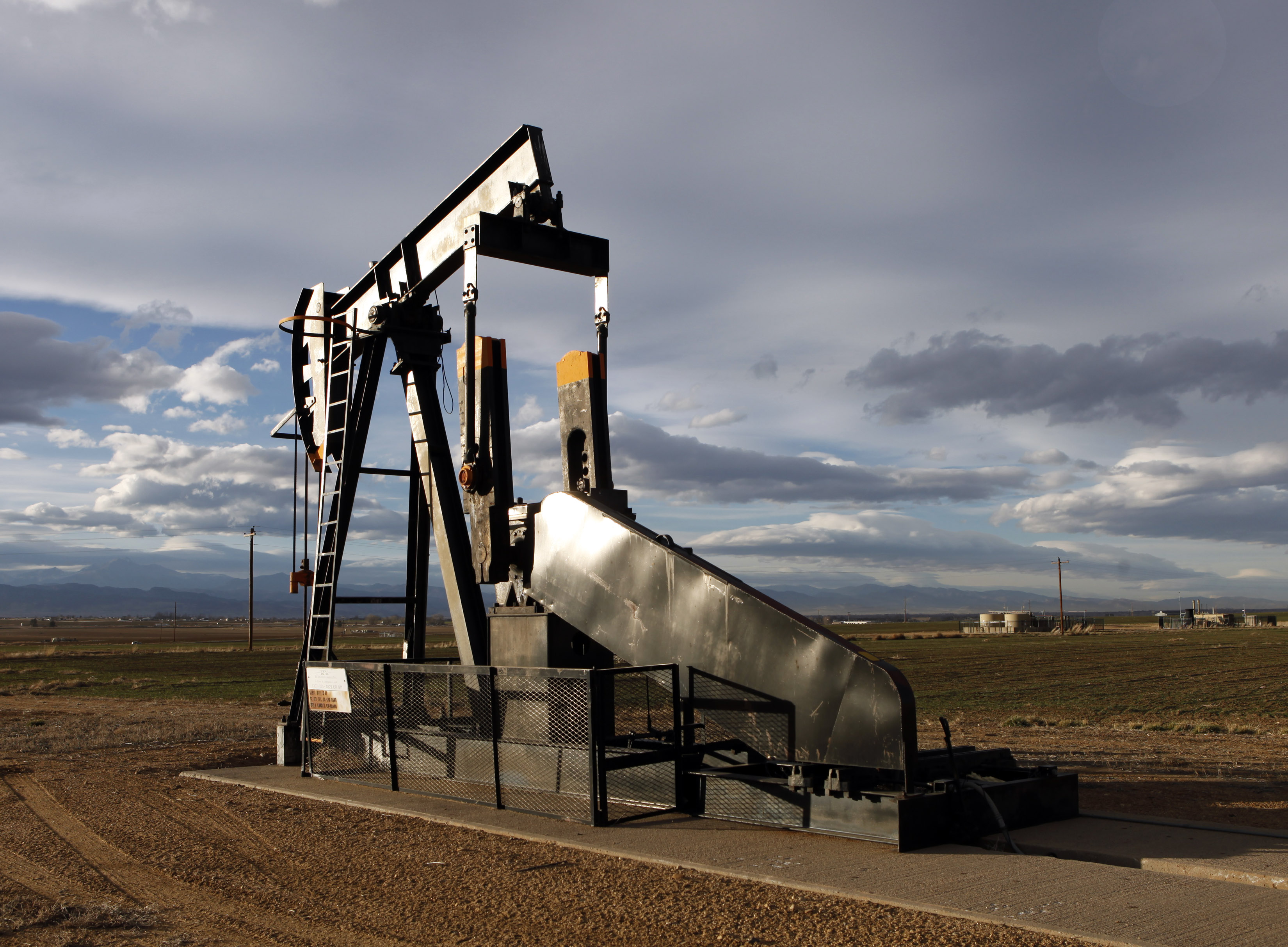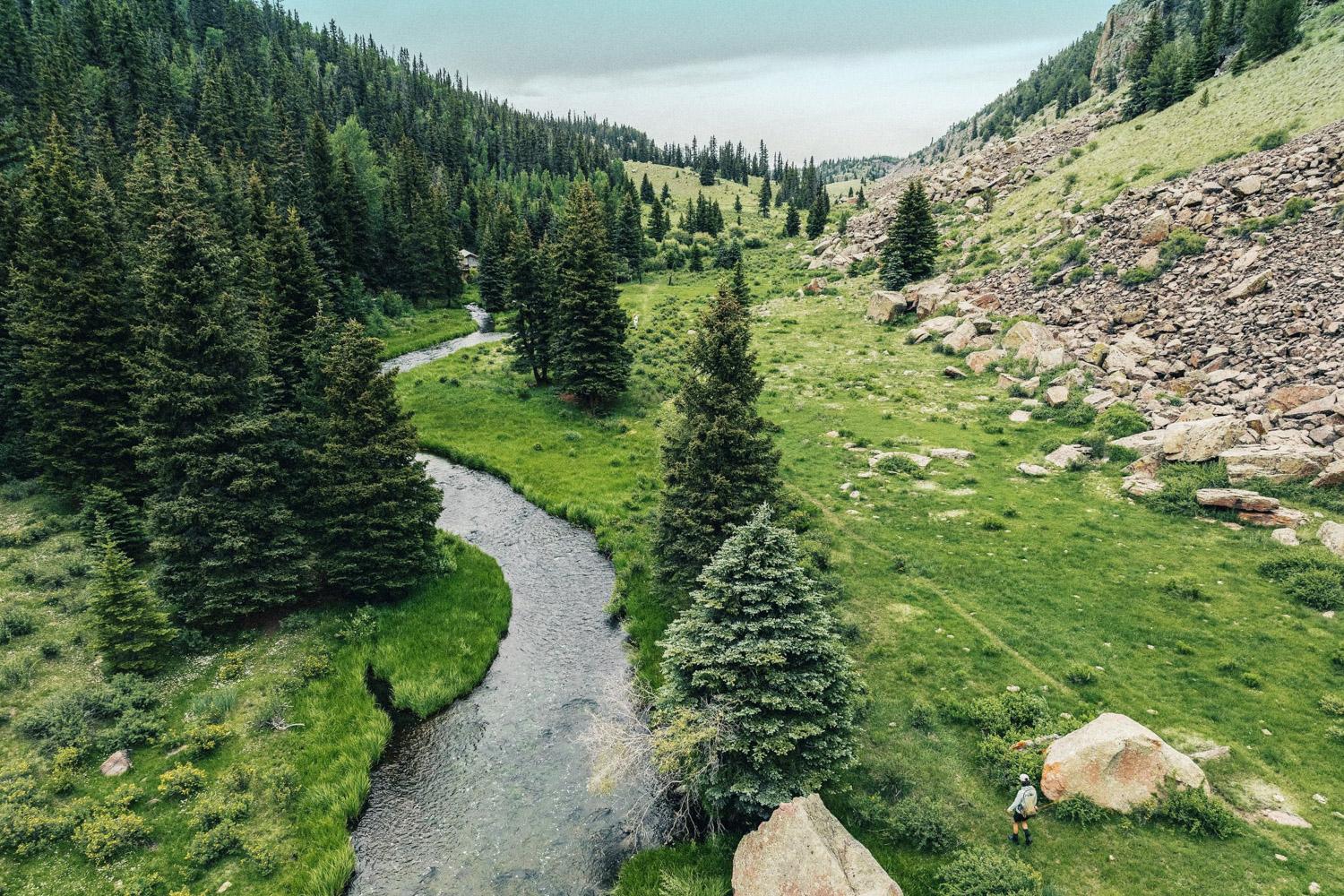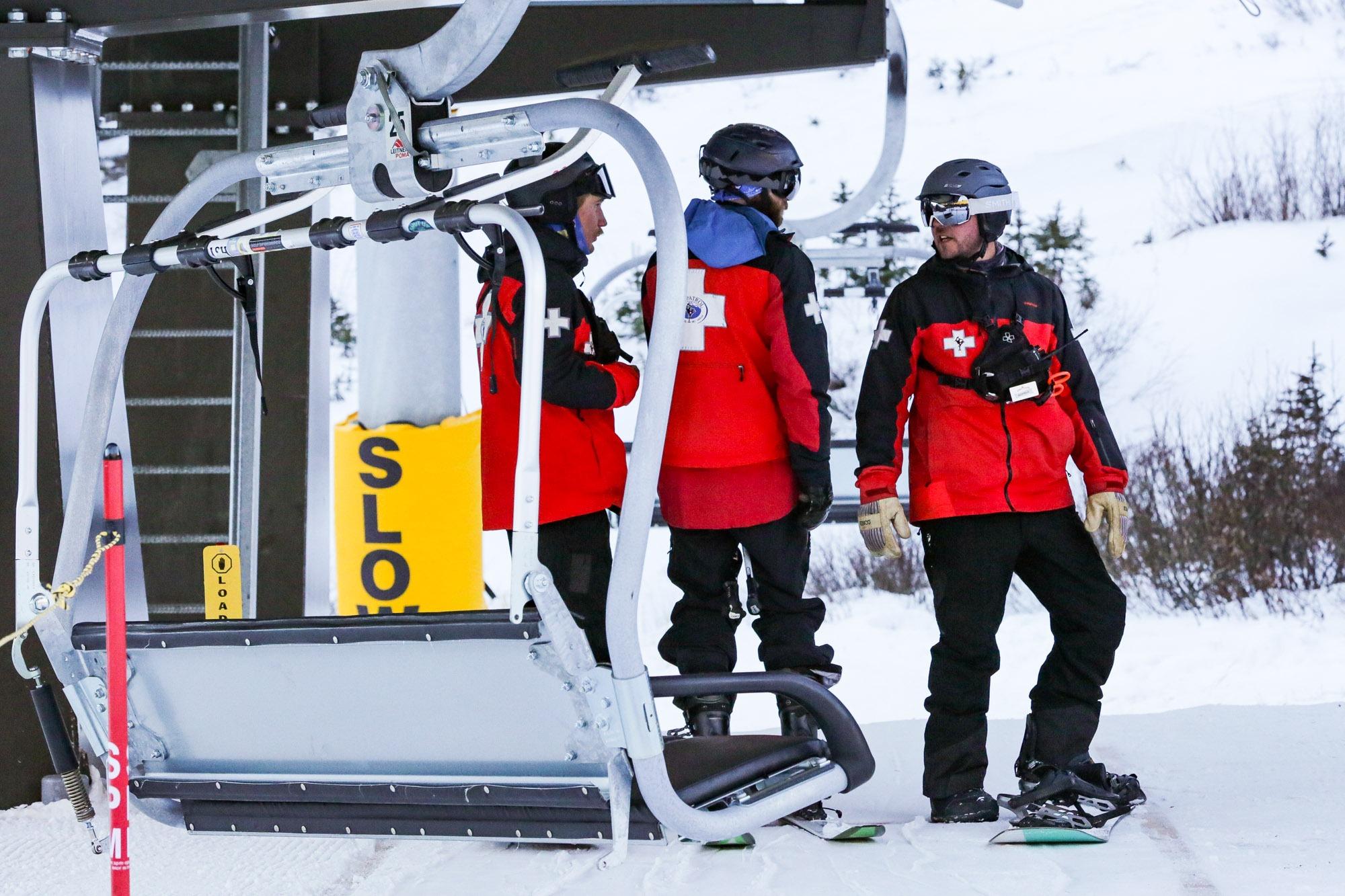
Oil and gas company Anadarko says less than one half of 1 percent of all its flowlines in the Weld County production area failed a state-ordered inspection. Anadarko also completed a 25-point inspection on 4,500 vertical wells, or older wells in the same area.
Earlier this spring, inspectors connected a home explosion in Firestone to an improperly abandoned underground flowline owned by Anadarko.
Craig Walters, vice president of Rockies operations for Anadarko, says his company registered a dozen failed flowline inspections out of tens of thousands inspected. But given the situation, the company has voluntarily capped and abandoned all 1-inch flowlines on vertical wells in the basin — the same type of line connected to the Firestone explosion.
“Again, it's no small feat when you think about 3,600 lines and you've got two end points. That's 7,200 abandonments at each end that we had to do,” he said.
These small underground lines typically run between a tank and a well head. When they're abandoned they need to be capped at the well end and the far end.
This didn't happen in Firestone. Investigators say when the Firestone well was brought back into production, methane and propane seeped into the soil near a home that exploded. That led Gov. John Hickenlooper to call for companies to inspect flowlines within 1,000 feet of occupied buildings. There were also some mapping and reporting requirements.
On June 30, the state reported that Colorado has nearly 129,000 underground oil and gas pipelines within about 1,000 feet of occupied buildings, according to energy company reports. About 9,700 test results were made public that day alone. The vast majority indicated the pipelines passed the tests. The data also showed more than 7,700 pipelines had at least one end inside a city or town.
- 129,000 Pipelines Are Within 1,000 Feet Of Occupied Buildings
- Explosions Restart The ‘How Close Is Too Close’ Debate
Some companies like Anadarko got a one-month extension, to July 31, to wrap up their work. State inspectors are in the process of spot checking the work by companies involved.
The National Transportation Safety Board is still investigating what happened in Firestone. Lawsuits from homeowners in Firestone are working their way through court.
There’s another wave of frustration from residents about drilling and its proximity to homes, schools and buildings. One thing that could shift how business is done at the state level is a court case put together by individuals who sued the state to stop issuing oil and gas permits until it can be done without adversely impacting human health and safety. A lower court knocked down the idea, but the Colorado Court of Appeals held up the case and state regulators wants the Colorado Supreme Court to weigh in.









